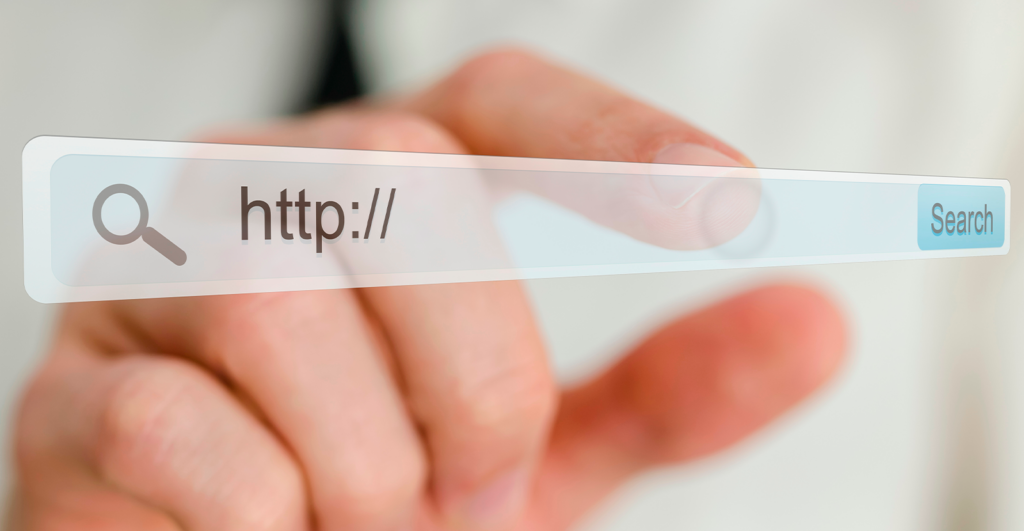“Learn how to master UTM tags to track and optimize your marketing campaigns effectively. Discover best practices and how tools like Wishpond can help boost your ROI.”
Marketing without tracking is like sailing without a compass. You might be moving, but you have no idea if you’re heading in the right direction. To ensure you’re not navigating blind, UTM tags come into play. These little snippets of text added to your URLs are a game-changer for anyone serious about understanding their marketing performance.
In this post, we’ll explore UTM tags, demystify their usage, and show you how to leverage them for better campaign tracking. Whether new to digital marketing or a seasoned pro, this guide will equip you with the knowledge you need to maximize your marketing efforts.

What Are UTM Tags?
UTM tags (Urchin Tracking Module) are simple pieces of code you add to the end of a URL. These tags track the performance of campaigns across various platforms. When someone clicks on a link with a UTM tag, the data gets sent to your analytics tool (like Google Analytics), giving insight into your traffic and how your audience interacts with your content.
For instance, if you’re running a Facebook ad promoting a new product, adding a UTM tag to your link lets you see exactly how many visitors came from that specific ad, what they did once they landed on your page, and whether they converted into customers.
The Importance of UTM Tags in Marketing
Why bother with UTM tags? Because they provide detailed data that helps you understand the effectiveness of your marketing campaigns. Without this data, you’re left guessing which strategies are working and which are wasting your time and money.
They help you:
Track the source of your traffic: Identify where your visitors are coming from, whether it’s social media, email newsletters, or paid ads.
Measure campaign performance: See which campaigns drive the most traffic, leads, or sales.
Understand user behavior: Learn how visitors from different sources interact with your site.
Optimize your marketing efforts: Use the insights from UTM tracking to improve future campaigns, focusing on the channels and strategies that deliver the best results.

Components of a UTM Tag
A UTM tag consists of five main components:
Source (utm_source): This identifies the platform or website sending you traffic. Examples include Facebook, Google, or your email newsletter.
Medium (utm_medium): This defines the marketing medium, such as organic social, paid search, or email.
Campaign (utm_campaign): This is the name of the specific campaign you’re tracking, like “summer_sale” or “product_launch.”
Term (utm_term): This is used for paid search campaigns to track specific keywords.
Content (utm_content): This distinguishes between ads or links that point to the same URL, helping you A/B test your content.
Creating UTM Tags
Creating UTM tags is straightforward. You can manually add these parameters to your URL or use tools like Wishpond’s UTM Builder. Wishpond makes it easy to generate UTM tags without the hassle of coding, ensuring your URLs are always accurate and consistent.
Here’s how you can create a UTM tag manually:
1- Start with your base URL (e.g., https://www.yoursite.com/page).
2- Add a question mark (?) to start the UTM string.
3- Add the source parameter (e.g., utm_source=facebook).
4- Add the medium parameter (e.g., utm_medium=social).
5- Add the campaign parameter (e.g., utm_campaign=summer_sale).
Your final URL might look like this: https://www.yoursite.com/page?utm_source=facebook&utm_medium=social&utm_campaign=summer_sale
Best Practices for Using UTM Tags

Using UTM tags effectively requires some strategic thinking. Here are some best practices to keep in mind:
Be Consistent: Develop a naming convention for your UTM parameters and stick to it. Consistency helps keep your data clean and easy to analyze.
Keep It Simple: Don’t overcomplicate your UTM tags. Use clear, straightforward names for your campaigns, sources, and mediums.
Test Your Tags: Before launching a campaign, test your UTM tags to ensure they work correctly. This step avoids potential issues with tracking.
Use Tools: Consider using UTM tag generators like Wishpond’s tool to save time and reduce errors.
Analyze Regularly: Review your UTM data regularly in your analytics tool. Look for trends, patterns, and insights to inform your marketing strategy.
Boost Your Campaign Tracking with Wishpond

Wishpond offers a robust UTM builder tool that simplifies creating and managing UTM tags. Whether running a complex multi-channel campaign or a simple email blast, Wishpond ensures your UTM tags are correctly set up and easy to track.
But Wishpond doesn’t stop at UTM tags. It offers a comprehensive suite of marketing tools designed to help you capture leads, nurture them, and turn them into loyal customers. From landing pages and pop-ups to email marketing and automation, Wishpond is a one-stop shop for your marketing needs.
By integrating UTM tracking into Wishpond’s tools, you can seamlessly track the performance of every aspect of your campaigns, making it easier to optimize and scale your efforts.
The Impact of UTM Tags on ROI
You gain a clear picture of your ROI when you properly implement UTM tags. You can see which campaigns generate the most revenue and which need tweaking or discontinuing. This level of insight is invaluable for making data-driven decisions and ensuring your marketing dollars are well spent.
Imagine running a multi-channel campaign across Facebook, Google Ads, and email marketing. Without UTM tags, you might know how many people visited your site, but you won’t know which channel drove those visitors. With UTM tags, you can break down the data by channel, campaign, and even specific ads or links, giving you a granular view of your performance.
This detailed tracking enables you to allocate your budget more effectively, doubling down on the channels and strategies that deliver the best results while cutting back on those that don’t.
UTM Tags in Action: A Real-World Example
Let’s consider a practical example. Suppose you’re a marketer at an e-commerce company running a summer sale campaign. You plan to promote this sale across multiple channels, including Facebook, Google Ads, and your email list.
Here’s how you might use UTM tags to track each channel’s performance:
Facebook Ad Campaign:
URL: https://www.yoursite.com/summer-sale?utm_source=facebook&utm_medium=social&utm_campaign=summer_sale
Google Ads Campaign:
URL: https://www.yoursite.com/summer-sale?utm_source=google&utm_medium=ppc&utm_campaign=summer_sale
Email Newsletter:
URL: https://www.yoursite.com/summer-sale?utm_source=newsletter&utm_medium=email&utm_campaign=summer_sale
After the campaign ends, you log into your analytics tool and see the following:
Facebook drove 10,000 visitors, with a conversion rate of 5%, resulting in 500 sales.
Google Ads brought in 8,000 visitors, with a 4% conversion rate, leading to 320 sales.
Email Newsletter attracted 3,000 visitors, with a 10% conversion rate, yielding 300 sales.
With this data, you can assess the performance of each channel and decide where to focus your efforts for the next campaign. Perhaps Facebook was the clear winner, or the email newsletter showed a higher conversion rate, indicating a highly engaged audience.
Conclusion
UTM tags are a powerful tool in your marketing arsenal. Effectively using them gives you invaluable insights into your campaign performance, optimizes your strategies, and maximizes your ROI. With tools like Wishpond, creating and managing UTM tags becomes a breeze, allowing you to focus on what matters—growing your business.
Start using UTM tags today, and see how they can transform your marketing efforts from guesswork into a data-driven science. Your future campaigns—and your bottom line—will thank you.
FAQs About UTM Tags
1. What happens if I don’t use UTM tags?
Without them, you lose visibility into the effectiveness of your marketing campaigns. You won’t know which channels drive traffic or conversions, making it challenging to optimize your efforts.
2. Can UTM tags affect SEO?
No, they do not affect SEO. Search engines ignore UTM parameters when indexing your pages so they won’t impact your rankings.
3. Are UTM tags only for Google Analytics?
While they are commonly used with Google Analytics, they can be tracked by any analytics tool that recognizes URL parameters. This includes platforms like Wishpond, Adobe Analytics, and HubSpot.
4. What’s the difference between UTM tag and other tracking methods?
It’s just one way to track campaign performance. Other methods include tracking pixels, cookies, and custom tracking codes. UTM tag is handy because they are easy to implement and widely supported by analytics tools.
5. Can I use UTM tags in offline campaigns?
Yes, you can use them in offline campaigns. For example, you can add a UTM-tagged URL to print materials like flyers or billboards. Ensure the URL is short and easy to remember, or include a QR code that links to the URL.
6. How do I avoid UTM tag fatigue?
UTM tag fatigue happens when you overuse or misuse them, leading to cluttered data. To avoid this, be selective about which campaigns and links you tag, and regularly audit your tags to ensure they remain relevant and valuable.
